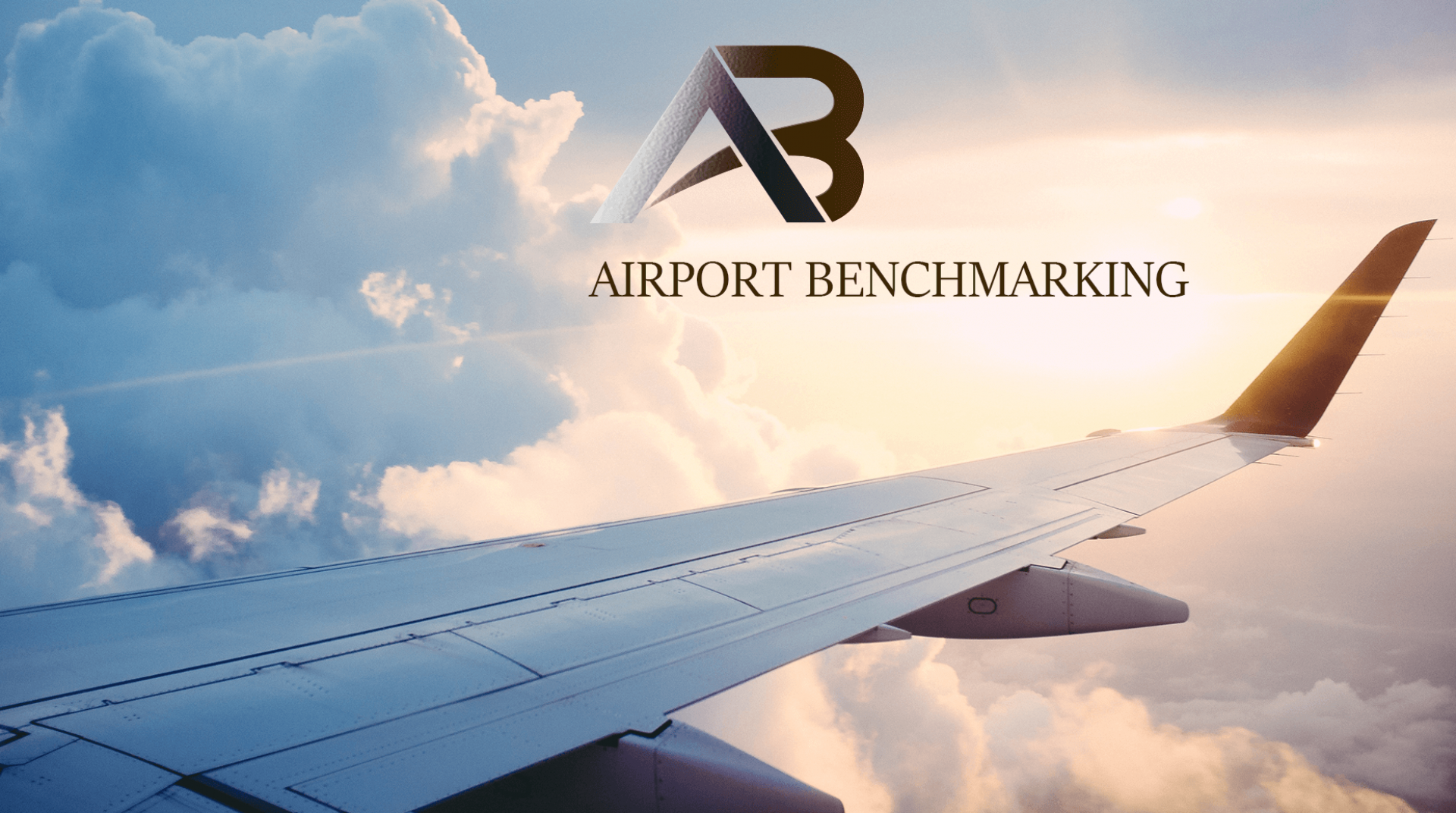Airport Terminals in a Post-COVID-19 World
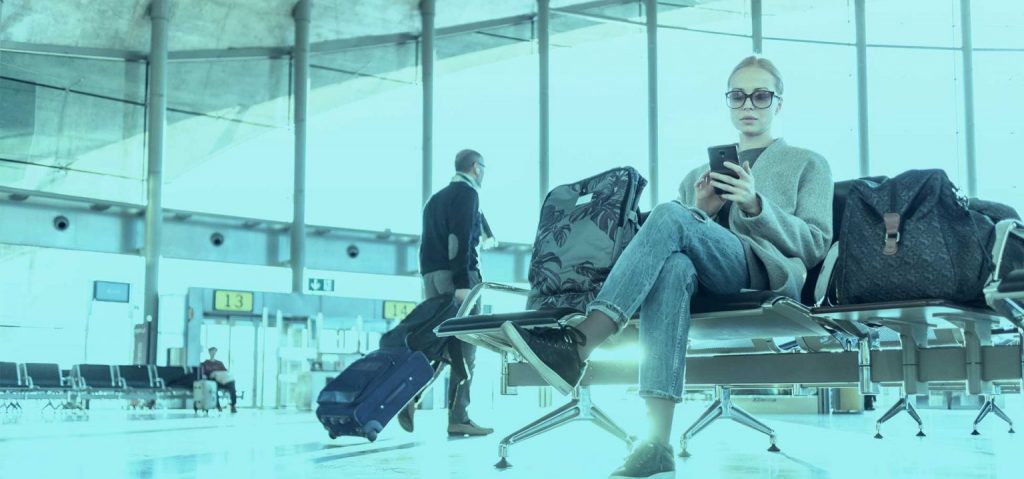
Cast your mind back to February and a typical busy airport scene – the packed check-ins; passengers sitting shoulder-to-shoulder at gate lounges; jostling crowds at baggage carousels; hugs and handshakes at arrival halls.
So much has changed in such a short time. With the rapid spread of COVID-19, airport terminals have gone from bustling hubs of activity to eerily empty spaces.
But as the infection peaks seem to be passing, governments will be turning their thoughts to getting the economy kicking back into gear. The air transport industry’s ability to demonstrate that it can support reasonable social-distancing will be a critical factor in the pace at which lockdown rules will be relaxed.
Minding the gap
As economic activity slowly returns, airports are hoping that travellers take to the skies again, and quickly. But confidence will need to be earned. With social distancing being our primary weapon against COVID-19 for the foreseeable future, operators face new-found challenges in keeping people apart and preventing terminals from becoming potential virus breeding grounds.
Success will, in part, come down to the airport’s ability to predict and measure passenger movement and densities – when they arrive, where they dwell and how they choose to congregate – and using that knowledge to manage people flow and distribution.
Timely communication will be essential for building community trust. With their health and safety potentially on the line, passengers will want reassurance that airports are taking the right measures. How long are the checkpoint queues? When were surfaces last sanitised? Which are the least crowded areas in which to wait? And many will want the answers before putting a foot inside the terminal.
Machine learning technology and real-time monitoring may hold the answers to managing social distancing and minimising risks in the new normal.
Social distancing – terminal wide
Safe passenger separation management will rely on the ability of operators to not only understand passenger density across the terminal in real-time but to take pre-emptive action to prevent crowding. There are several ways airports can do this, combining the best mix of data capture technology, analytics, and decision metrics to support their layout, budget and operational priorities.
- 3D cameras are ideal for people counting and understanding occupancy in queues and smaller areas such as concessionaire stores and restaurants.
- For larger areas, blanket coverage with cameras is too expensive. The most cost-effective and accurate approach to understanding how people move and dwell is to adopt a hybrid of various sensor technologies, including cameras, people counters and wifi/BLE sensors.
- Passenger Density analytics measures the degree of risk in real-time, derived from distancing measurements, crowd movement patterns and the size of the area being monitored. Alerts and automated action can be triggered if density thresholds are exceeded.
With this insight, airports can then make intelligent, proactive decisions to limit the number of people congregating such as redirecting flow with digital messages, adjusting call to gate times or spreading gate and baggage belt allocations.
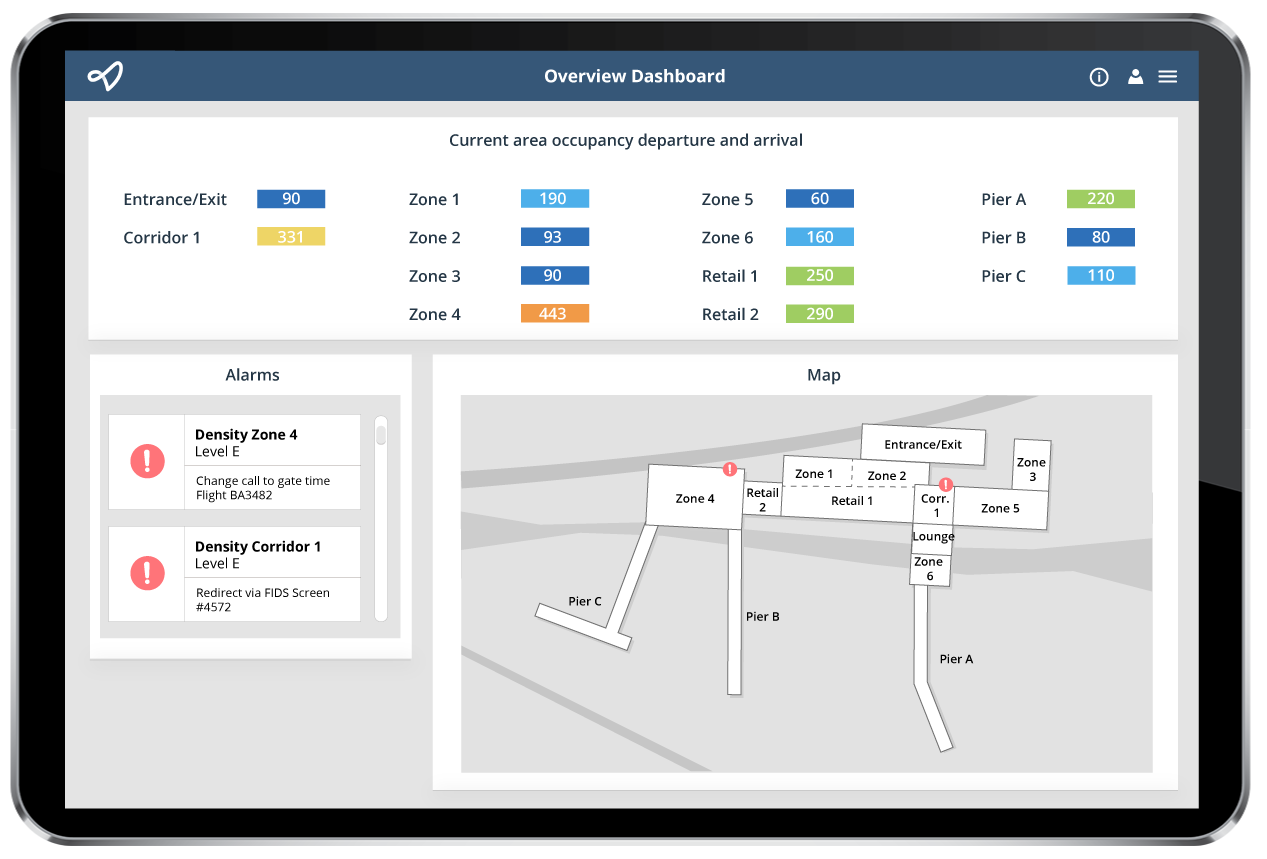
Safer, smaller queues
When people take to the air again, queues at departure checkpoints will be inevitable. What’s less-known is how airports will enforce social distancing, without creating endless, snaking lines.
One way is to cap entry to checkpoint areas – the fewer people in, the smaller the queue. This can be achieved by linking occupancy measures with airport screens, to advise passengers when lines are of a safe size to enter the area, and which queue they should join.
Once in the queue, camera sensors can measure the average distance between passengers and generate alarms if passenger density thresholds are exceeded, or automatically redirect and redistribute passengers to different lines and checkpoints.
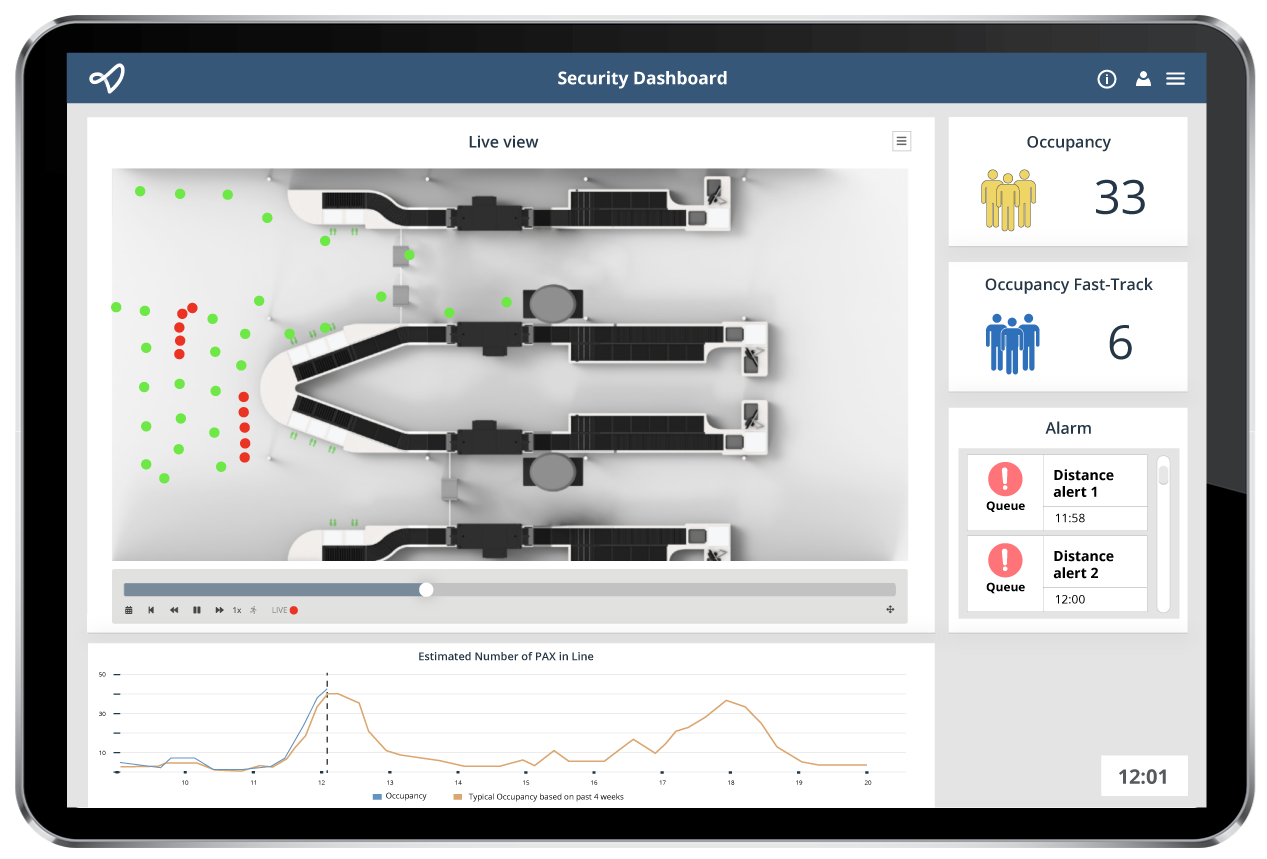
Passenger power
Another way to streamline arrivals and minimise congestion is by adopting virtual queues.
Using this technology, passengers can pre-book a time slot for processing, such as for check-in or security. This helps prevent passengers from feeling locked in any area, for any length of time – giving them control over their airport journey.
Time slots can be adjusted in real-time, based on queue wait times, changing arrival patterns, lane productivity and processing capacity. While waiting, passengers have the choice to shop, grab a drink or wait in less-crowded areas.
Not only do virtual queue bookings give passengers greater peace of mind, but they can also provide airports with better forecast data, for more accurate checkpoint planning.
A different operational context
It’s not just the passenger crowding and flows, which will need a different approach. The way airports allocate gates, baggage carousels and manage turnarounds, will need a radically new perspective. They will need to be more mindful about how they distribute gate allocations to maximise separation, whilst accommodating the flight volume.
Incoming baggage may need to be separated, across multiple belts, or at the very least, separated from other flights, arriving at the same time. Plane turnarounds will increase to allow for extended cleaning. These are all piling on operational and economic challenges in an environment, which is already stretched prior to Covid-19.
One possible solution is to create close integration between the airport’s passenger forecasting and density management systems, and resource management system. This will allow real-time awareness of the situation in the terminal, and to allow the operations team to make smarter decisions, to balance operational efficiencies within the airport.
Moving right along
Before the pandemic, airports typically relied on experience and historical data to get a sense of when passengers were likely to show up. But with so many new variables to contend with – changing flight schedules, social distancing, additional health screenings, more regular cleaning – arrival and processing guesstimates, based on last year’s or even last month’s data, are no longer relevant.
The only way for airports to make truly safe and accurate planning decisions will be by basing them on real, up-to-the-minute information.
Dynamic forecasting software may have the answer. It allows airports to take live schedule data to create accurate passenger show-up forecasts for each processing point. The forecast and capacity plan is then continually updated to account for live situations, such as a predicted occupancy breach. Accurate forecasts also enable airports to plan how to channel passengers around the concourse to reduce crowd density.
Keflavik Airport recently reaped the benefits of live forecasting, as it was grappling with a continually changing flight schedule.
“Dynamic forecasting, linked to the live flight schedule and updated with passenger data, as it became available, gave us an early heads up to expected passenger arrivals. This allowed us to adjust our plans and rosters to reflect the current situation, improving journeys and lowering costs,” said Hanna María Hermannsdóttir, Specialist in operation research at Isavia.
Embracing the new order
One thing we can be assured of – the aftermath of COVID-19 will see changes to terminal operations on a scale far more significant and long-lasting than after 9-11.
On the upside, there’s no need to wait for new technology to be invented to help people maintain healthy distances in terminals. It is already here. With bundled on-demand services, predictive intelligence, and occupancy monitoring systems, airports can be supporting social distancing within weeks of installation.
By connecting airport staff to answers and actions, you not only help get passengers back in the air sooner – you can, at the same time, build a smarter customer experience platform for the future.
source : https://veovo.com/discover/blog/airports-covid-19/
Cochin International Airport using WiseFly
Cochin International Airport(CIAL) has already commissioned Insuide to assist them in Digitally managing the entire COVID-19 related Social Distancing and Emergency Response Management using WiseFly. The solution is already deployed with tweaks in progress as on date.
Airports have strict norms to ensure social distancing when they resume services and WiseFly has integrated a unique feature to ensure Airports can achieve this. On the Mobile App travellers will be alerted and Airports monitor live dashboards to track users in the terminal.
Travelers can leverage all the Wise Fly features to ensure enhanced Airport and travel experience, even during this Pandemic situation while adhering to stringent ‘social distancing’ norms to be safe.
Source : http://insuide.com/wisefly/
Coronavirus: implications for transport
Wednesday 6 May 2020 Meeting started at 9.33am, ended 12.00pm at Parliament
- Witness(es): Simon Calder; Mark Tanzer, Chief Executive, ABTA – The Travel Association
- Witness(es): John Holland-Kaye, Chief Executive, Heathrow Airport Limited; Tim Alderslade, Chief Executive, Airlines UK; Deborah Bowen Rees, Vice Chair, Regional and Business Airport Group and Karen Dee, Chief Executive, Airport Operators Association
- Witness: Tim Alderslade, Chief Executive, Airlines UK
Listen video here : 10.14 minutes “Airports”
https://parliamentlive.tv/event/index/ddfcb25d-ea31-4a37-86ba-daf1b4d6f032
The “new normal”: the changing face of aviation post COVID-19
05 May 2020, 02:00pm (BST)
In conversation with SITA CEO Barbara Dalibard.

COVID-19 has had a dramatic impact on the air transport industry, requiring a new approach to how the industry operates as it emerges from this crisis. This will establish a new normal where operational cost efficiencies, health as a key element of a safe and secure journey and ensuring long-term sustainability will be fundamental to the industry’s recovery and resurgence.
To support this recovery requires the right mix of technology, trust and collaboration between industry players and rethinking the processes that underpin travel.
Travelers flying to Vienna can get tested and skip the quarantine. For a price.
Curtis Tate USA TODAYPublished 6:00 PM EDT May 3, 2020
Starting Monday, passengers who fly into Vienna International Airport can get a coronavirus test. If they test negative, they can skip the required 14-day quarantine.
The coronavirus test takes three hours to process. There’s one catch: It costs 190 euros, or more than $200.
According to the airport’s website, people who test positive will be notified immediately by phone. The result will also be reported to public health authorities.
The tests are only given to people who are showing no symptoms or who have not come in contact with a potentially infected person.
Further, Austria is only admitting people who are European citizens into the country, with limited exceptions for diplomatic personnel, and seasonal, humanitarian and health care workers.
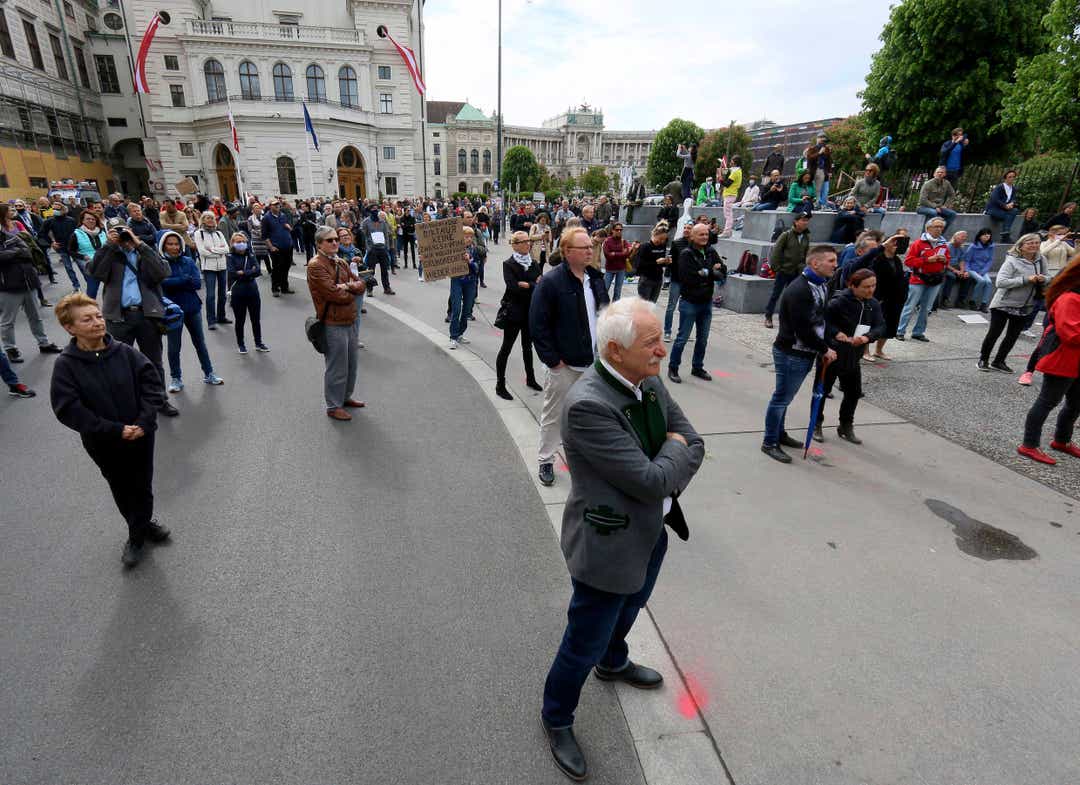
Participants obey social distancing rules during a demonstration against the measures of the Austrian government in Vienna on May 1, 2020. The Austrian government has moved to restrict freedom of movement for people, in an effort to slow the onset of the COVID-19 coronavirus.Ronald Zak, AP
Before, the only other way to skip the quarantine was to present a medical certificate, no more than four days old, showing a negative test result.
The medical certificate must be in German or English.
According to data from Johns Hopkins University, Austria has 15,597 coronavirus cases and 598 deaths. In comparison, 18,925 people have died in New York City.Published 6:00 PM EDT May 3, 2020
Covid 19 coronavirus: Health passports may be introduced to ensure travellers don’t have coronavirus
Australia will consider lowering their restrictions next Friday. PM Scott Morrison stressed the importance of the COVIDsafe data gathering app to their plans. Video / AP news.com.au
They could be our ticket to travel freedom, and the key for cities to revive struggling economies.
More and more destinations are flagging the potential introduction of health passports that would ensure tourists are virus-free when border lockdowns lift and travelling resumes.
The travel documents would be used in tandem with existing passports to prove tourists and other travellers aren’t bringing the virus with them.
source : https://www.nzherald.co.nz/travel/news/article.cfm?c_id=7&objectid=12329302
Incheon Airport presses ahead with AI, biometrics and big data plans amid global COVID-19 pandemic
Measures include marked areas to ensure social distancing, provision of hand sanitisers, thermal screening of passengers and disinfection of baggage carts/trolleys
DelhiReported by Neeta Sharma, Edited by Chandrashekar Srinivasan (with inputs from PTI)Updated: May 03, 2020 05:28 pm IST

Coronavirus Lockdown: The government has extended the lockdown to May 17
New Delhi:
Delhi Airport has released a comprehensive list of guidelines and SOPs (standard operating procedures) for passengers and staff in anticipation of flight operations being restarted after the coronavirus lockdown is lifted. Flight operations will initially only be allowed in Terminal 3, an airport official told news agency PTI on Sunday.
The measures, meant to prevent further spread of the COVID-19 virus, include marked areas outside and inside terminals and airport buses to ensure social distancing, widespread provision of hand sanitisers, thermal screening of all passengers and thorough disinfection of baggage carts/trolleys.
In addition, all passenger baggage will be passed through UV disinfection tunnels at both point of departure and arrival.
All flight operations, domestic and international, have been suspended from March due to the lockdown to break the chain of transmission of the virus. The lockdown, which had been scheduled to end today, has been extended by two weeks, the Union Home Ministry said earlier this week.
On Saturday the DGCA (Directorate General of Civil Aviation) issued a circular extending ban on flights till May 17 – the scheduled end of the third phase of the lockdown.
Once flights are allowed to resume, an important change for passengers is the move from the “all gates, all airlines” system practiced pre-lockdown (under which passengers could enter terminals from any gate) to “allocation of gates by airlines to distribute passenger load in (the) forecourt”.
Under the revised system each airline is allocated a certain number of check-in rows and entry gates, and passengers for one airline will not be allowed to use facilities designated for another.

Check-in counters and other areas will be marked to ensure social distancing
Under the revised rules, domestic airlines will operate from check-in rows A to H and entry gates 1 to 5. International flights will operate from check-in rows J, K, L and M and entry gates 6, 7 and 8.
Visitors entry into all terminals will be prohibited.
In two detailed flowcharts the document, titled “Delhi Airport COVID-19 Exit Plan, also identifies several possible “touchpoints”, i.e., points where passengers and/or staff may have contact with other people or with surfaces on which active strains of the COVID-19 virus may be lingering.
These include baggage carts/trolleys, check-in/baggage drop counters, security check zones, stores and kiosks in the departure lounge, and departure gates.
Similarly, on arrival there are a number of “touchpoints”, such as the baggage belt (and waiting area), baggage carts/trolleys and arrival areas outside the terminal from where cabs and other public transportation may be accessed.
SOP is also being worked out with cab providers for disinfection of cabs before use at the airport, the document adds, while similar SOP for metro and other modes of transportation will be initiated.
The document, which repeatedly mentions the need for social distancing and highlights pre-planned seating arrangements in all areas, also has “strict and stringent SOP for F&B, lounges, retail and all other non-aero areas”.
It also encourages the use of contactless payment to avail of all facilities at the airport.
While these measures are specific to Delhi’s Indira Gandhi International Airport, similar guidelines and SOPs are likely to be enforced at all airports in the country.
Across India nearly 40,000 COVID-19 cases have been reported with 1,301 deaths linked to the virus. As per Union Health Ministry data this morning, the country saw its biggest single-day spike in the number of new cases and deaths, with 2,644 cases and 83 deaths reported.
Ultraviolet Tunnels To Clean Bags In Delhi Airport’s Lockdown Exit Plan
Measures include marked areas to ensure social distancing, provision of hand sanitisers, thermal screening of passengers and disinfection of baggage carts/trolleys
DelhiReported by Neeta Sharma, Edited by Chandrashekar Srinivasan (with inputs from PTI)Updated: May 03, 2020 05:28 pm IST

Coronavirus Lockdown: The government has extended the lockdown to May 17
New Delhi:
Delhi Airport has released a comprehensive list of guidelines and SOPs (standard operating procedures) for passengers and staff in anticipation of flight operations being restarted after the coronavirus lockdown is lifted. Flight operations will initially only be allowed in Terminal 3, an airport official told news agency PTI on Sunday.
The measures, meant to prevent further spread of the COVID-19 virus, include marked areas outside and inside terminals and airport buses to ensure social distancing, widespread provision of hand sanitisers, thermal screening of all passengers and thorough disinfection of baggage carts/trolleys.
In addition, all passenger baggage will be passed through UV disinfection tunnels at both point of departure and arrival.
All flight operations, domestic and international, have been suspended from March due to the lockdown to break the chain of transmission of the virus. The lockdown, which had been scheduled to end today, has been extended by two weeks, the Union Home Ministry said earlier this week.
On Saturday the DGCA (Directorate General of Civil Aviation) issued a circular extending ban on flights till May 17 – the scheduled end of the third phase of the lockdown.
Once flights are allowed to resume, an important change for passengers is the move from the “all gates, all airlines” system practiced pre-lockdown (under which passengers could enter terminals from any gate) to “allocation of gates by airlines to distribute passenger load in (the) forecourt”.
Under the revised system each airline is allocated a certain number of check-in rows and entry gates, and passengers for one airline will not be allowed to use facilities designated for another.

Check-in counters and other areas will be marked to ensure social distancing
Under the revised rules, domestic airlines will operate from check-in rows A to H and entry gates 1 to 5. International flights will operate from check-in rows J, K, L and M and entry gates 6, 7 and 8.
Visitors entry into all terminals will be prohibited.
In two detailed flowcharts the document, titled “Delhi Airport COVID-19 Exit Plan, also identifies several possible “touchpoints”, i.e., points where passengers and/or staff may have contact with other people or with surfaces on which active strains of the COVID-19 virus may be lingering.
These include baggage carts/trolleys, check-in/baggage drop counters, security check zones, stores and kiosks in the departure lounge, and departure gates.
Similarly, on arrival there are a number of “touchpoints”, such as the baggage belt (and waiting area), baggage carts/trolleys and arrival areas outside the terminal from where cabs and other public transportation may be accessed.
SOP is also being worked out with cab providers for disinfection of cabs before use at the airport, the document adds, while similar SOP for metro and other modes of transportation will be initiated.
The document, which repeatedly mentions the need for social distancing and highlights pre-planned seating arrangements in all areas, also has “strict and stringent SOP for F&B, lounges, retail and all other non-aero areas”.
It also encourages the use of contactless payment to avail of all facilities at the airport.
While these measures are specific to Delhi’s Indira Gandhi International Airport, similar guidelines and SOPs are likely to be enforced at all airports in the country.
Across India nearly 40,000 COVID-19 cases have been reported with 1,301 deaths linked to the virus. As per Union Health Ministry data this morning, the country saw its biggest single-day spike in the number of new cases and deaths, with 2,644 cases and 83 deaths reported.
